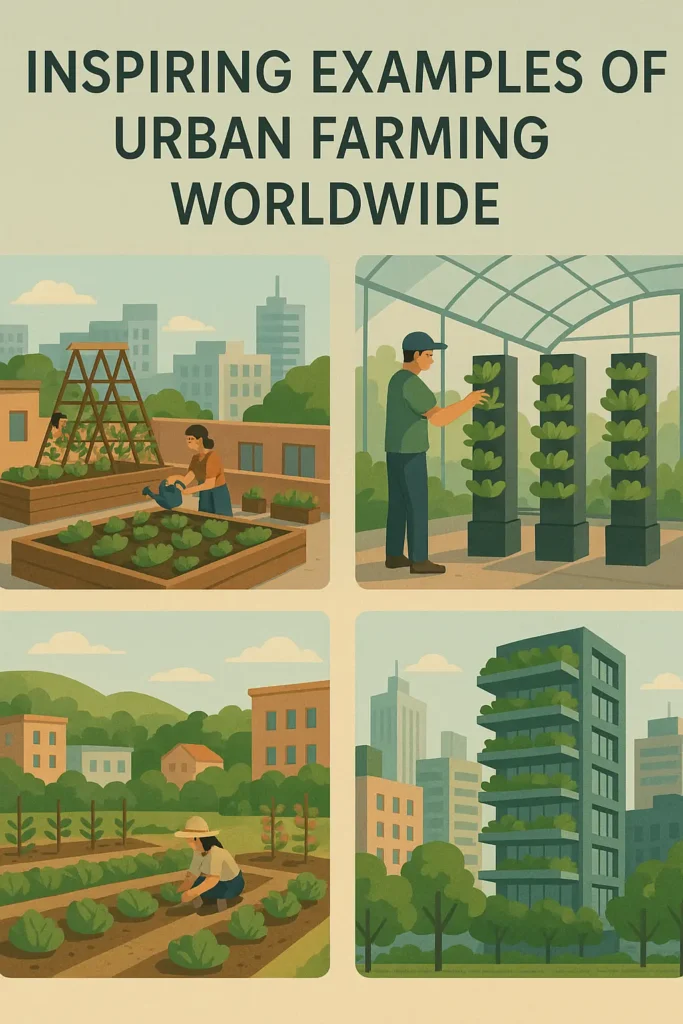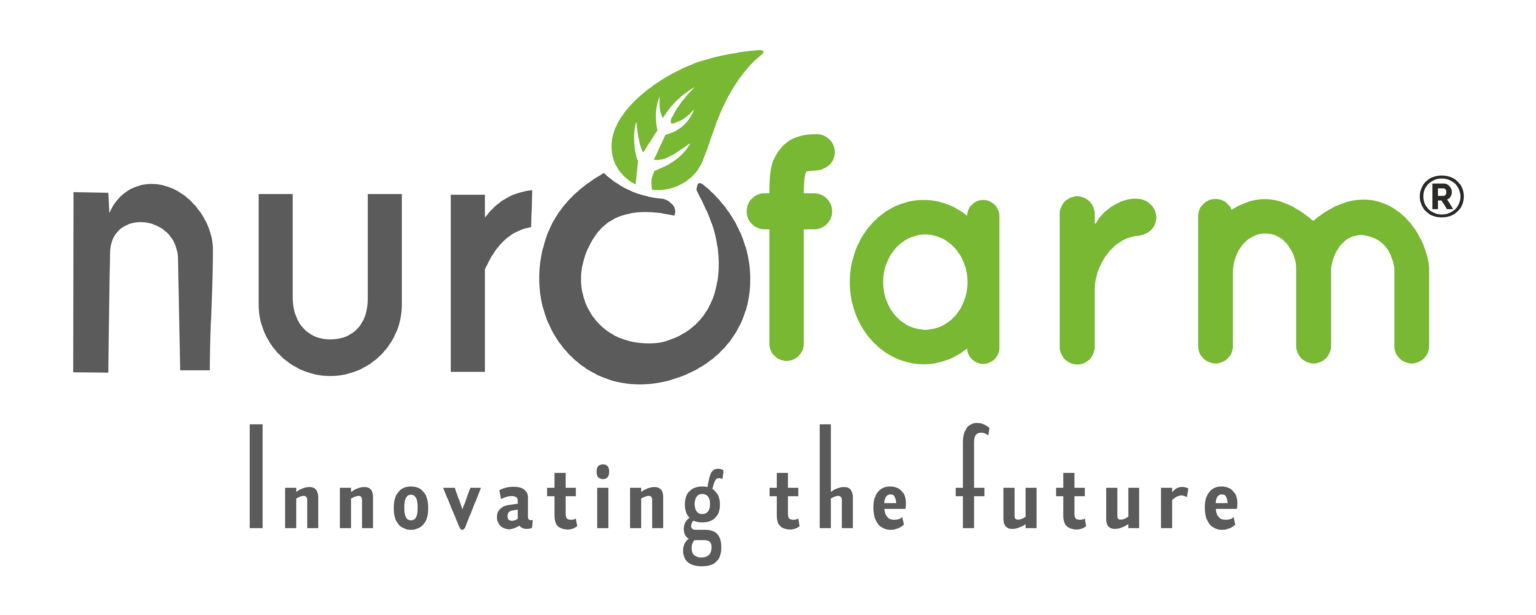The Rise of Urban Farming: Transforming City Spaces into Green Havens

In recent years, urban farming has rapidly evolved from a niche interest into a global movement, transforming unused city spaces into lush, productive green havens. Driven by growing urban populations, sustainability concerns, and rising awareness about food security and environmental impacts, city agriculture initiatives are flourishing worldwide. From rooftop gardens in New York to vertical farms in Singapore, urban agriculture is reshaping our cities and how we connect with our food.
What is Urban Farming?
Urban farming, also known as urban agriculture, refers to cultivating, processing, and distributing food in or around urban areas. It encompasses various forms including community gardens, rooftop gardening, hydroponics, aquaponics, vertical farming, and more. This innovative approach leverages limited urban space efficiently, providing city dwellers with fresh produce, reducing carbon footprints, and revitalizing urban landscapes.
Benefits of Urban Agriculture
Urban farming delivers numerous benefits, making it increasingly appealing for city planners, policymakers, and residents alike. Major advantages include:
Enhanced Food Security
City agriculture initiatives significantly improve urban food security by providing residents access to fresh, nutritious produce locally. This reduces dependency on long-distance transportation and external sources, decreasing vulnerabilities to disruptions from climate change, economic instability, or supply chain issues.
Environmental Sustainability
Urban farming contributes significantly to sustainability. Green spaces created through farming reduce urban heat, improve air quality by filtering pollutants, and support biodiversity. Additionally, local food production drastically reduces transportation emissions, a significant contributor to climate change.
Community Development and Social Benefits
Urban agriculture encourages community interactions, fostering stronger social bonds among city residents. Community gardens and urban farms often become vibrant hubs of activity, where individuals collaborate, exchange knowledge, and develop deeper connections with their neighborhoods.
Economic Opportunities
City farming initiatives generate economic benefits by creating jobs and stimulating local economies. Small businesses emerge from urban agriculture projects, selling produce at local markets, restaurants, or directly to consumers, supporting entrepreneurship and economic diversification.
Inspiring Examples of Urban Farming Worldwide

Several remarkable city farming examples illustrate how transforming city spaces into green havens is achievable globally:
- Brooklyn Grange, New York City: This pioneering rooftop farming company operates multiple locations across New York, growing vegetables, herbs, and flowers commercially. Their farms serve local communities, restaurants, and markets, showcasing sustainable urban agriculture.
- Sky Greens, Singapore: Singapore’s innovative vertical farming venture demonstrates high-tech agricultural solutions. Using hydraulic-driven vertical farms, Sky Greens efficiently produces large volumes of leafy vegetables with minimal land usage and low water consumption.
- Prinzessinnengarten, Berlin: This community-driven urban farm transformed a derelict urban space into a thriving green oasis. Prinzessinnengarten empowers locals through educational workshops, sustainable gardening, and community-driven events.
How to Start Urban Farming
Interested in joining this movement? Here are practical steps to get started:
- Identify Suitable Spaces: Look for rooftops, balconies, vacant lots, or even walls suitable for vertical gardening. Assess sunlight exposure, access to water, and available space.
- Choose Appropriate Farming Methods: Select suitable urban farming methods, such as raised bed gardening, vertical farming, hydroponics, or container gardening.
- Select Crops Wisely: Choose crops suited to your local climate, space availability, and desired outcomes. Leafy greens, herbs, tomatoes, peppers, and strawberries typically thrive in urban setups.
- Secure Necessary Resources: Gather essential resources such as soil, seeds, gardening tools, containers, or vertical gardening setups. Consider organic and sustainable options to enhance environmental benefits.
- Connect and Collaborate: Engage with local urban farming communities, attend workshops, or seek guidance from experienced urban farmers. Collaboration significantly increases your project’s success.
Enhance Your Urban Farm with NuroFarm’s Sustainable Solutions
To maximize your urban agriculture endeavors, utilizing high-quality, sustainable agricultural products is essential. NuroFarm offers tailored solutions designed specifically for urban farming practices.
NuroFarm empowers farmers with sustainable fertilizers, precision crop nutrition, and modern farming technologies that boost yields and protect soil health. Their products support both traditional and urban farming practices, ensuring long-term profitability and environmental sustainability.
Featured Products from NuroFarm
- Nuro Choice Vermicompost: Organic fertilizer crafted from high-quality worm castings, enhancing soil fertility and promoting robust plant growth.
- Bormix: Boron fertilizer developed to improve size, color, and quality of vegetable crops, ensuring high-quality yields.
- Cal Mag: Calcium and magnesium fertilizer preventing common deficiencies, boosting yield and improving plant health.
Integrating NuroFarm’s sustainable products enhances productivity, improves crop quality, and contributes to creating urban green havens. Visit NuroFarm to learn more.
Urban Farming and Future Sustainability
As urban populations grow, sustainable agriculture practices like urban farming become critical for achieving future food security and environmental sustainability. These urban green havens provide food and actively contribute to healthier urban environments and more resilient communities.
Conclusion
The rise of urban farming highlights a promising shift towards more sustainable, resilient, and community-oriented urban landscapes. Transforming city spaces into green havens is not merely a trend—it is essential for addressing urban challenges such as food security, climate change, and social connectivity.
Frequently Asked Questions (FAQ)
Q: What is urban farming?
A: Urban farming refers to growing, processing, and distributing food within urban environments, using methods such as rooftop gardening, hydroponics, aquaponics, and vertical farming.
Q: What are the benefits of urban agriculture?
A: Urban farming enhances food security, environmental sustainability, community development, and economic opportunities.
Q: How can I start urban farming?
A: Identify suitable spaces, choose farming methods, select appropriate crops, secure resources, and collaborate with local communities.
Q: Which crops grow best in urban farms?
A: Leafy greens, herbs, tomatoes, peppers, and strawberries generally thrive in urban farm setups.
Q: Where can I find sustainable urban farming products?
A: NuroFarm offers sustainable agricultural products tailored specifically for urban farming. Visit NuroFarm for more information.

